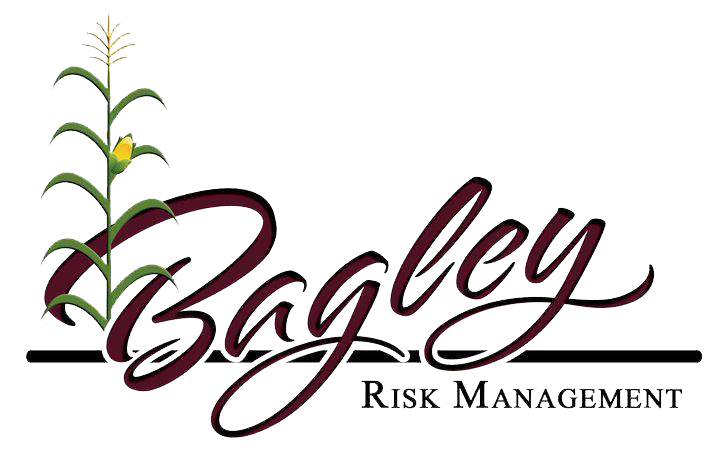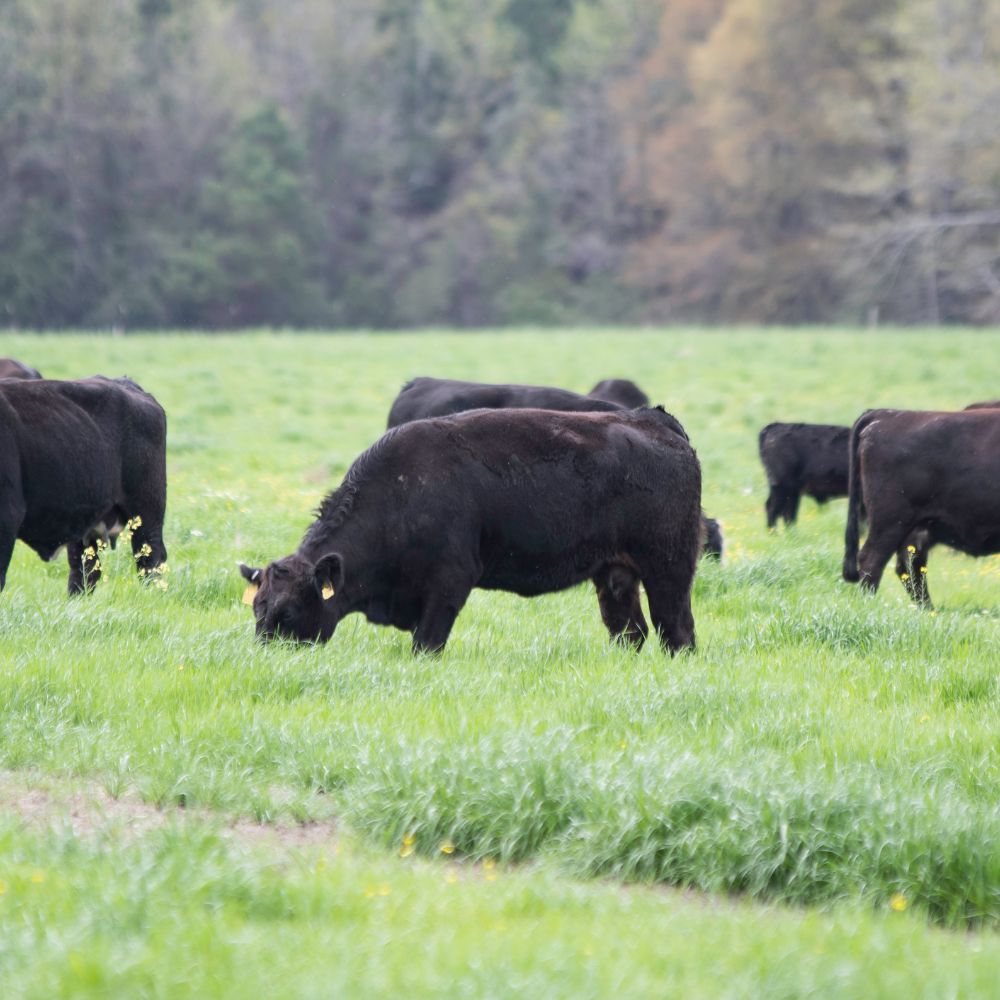The 10-Second Trick For Bagley Risk Management
Table of ContentsThe Single Strategy To Use For Bagley Risk ManagementFascination About Bagley Risk ManagementThe Definitive Guide to Bagley Risk ManagementUnknown Facts About Bagley Risk ManagementBagley Risk Management Fundamentals Explained
This method, if costs do go down listed below that break-even point by the end date, insurance policy holders are shielded against a loss. This is very similar to the method feedlots operate, though they make use of a typical bush. Once a herdsman contracts their cattle with a feedlot, they hedge those cattle to secure the revenue factor.This will be balanced out by the enhanced value of the cattle., herdsmans shield versus a decline in the futures board, yet don't shed out on the higher return when rates go up.
They do this by choosing a lower percent of the predicted ending worth - Livestock risk protection. This is a wonderful technique for those seeking reduced costs rates or who have a greater threat tolerance because of solid monetary health and wellness. This method may not shield profitability, however it can secure versus severe market drops
There is not a great deal of defense or insurance coverage on a month-to-month basis, yet if there is a severe accident, producers have the satisfaction that comes from recognizing they will just be in charge of a particular amount out of pocket. Just remember, wish for the most effective yet plan for the worst.
Bagley Risk Management Can Be Fun For Everyone

Making use of LRP as insurance coverage for backgrounded livestock, or livestock on feed, assists reduce that threat by protecting the anticipated value of the animals. Feeder cattle can be concealed to a 900-pound anticipated end weight and fed livestock can be covered up to a 1,400-pound end weight. With numerous weight classes to pick from, it is possible to cover animals with the feedlot to the packer rail.
Applications can take several days to procedure and merely filling up one out does not lock the applicant right into a policy. As soon as the application is authorized and ready, the LRP recommendation, with its end date and projected ending worth, can be secured swiftly. This allows breeders to cover calf bones when the cost is right for their market danger management goals.
Picture Politeness USDA-NRCS Prices for calf bones, feeder livestock and completed livestock have actually set some new documents this fall and very early winter. A combination of scenarios has actually precipitated these historical rates. There is presently a great deal of cautious optimism on the part of cow-calf producers as they look at the future.
About Bagley Risk Management

There are some benefits to manufacturers in making use of LRP insurance coverage as compared to a typical feeder cattle agreement or purchase of a choice - What is LRP. One is the versatility in the number of livestock that can be insured. There is no lower limitation to the number of cattle that can be guaranteed
There is no commitment to market cattle on which you have bought LRP Feeder Cattle coverage. You may select to maintain possession and still be eligible for the indemnity must the Actual End Worth fall below your Insurance coverage Price. You may market livestock covered by LRP any time, offered the transfer of ownership does not happen even more than 60 days prior to the LRP Agreement End Day.
If cattle perish and your Ag, Risk Consultant is informed within 72 hours of you finding out of the fatality, the coverage continues to be in impact, and the producer is eligible for indemnities due to price loss, even on those animals which perished. Yes! Calf bones can now be covered before unguis struck the ground.
Bagley Risk Management - Questions

Action 1) Total an application. Applications guarantee new clients can be pre-approved to write an LRP plan It is complimentary! Action 2) Lock in a Special Insurance Coverage Endorsement (SCE) when you discover a quote that satisfies your goals. There are lots of levels of quotes that are released day-to-day making this an extremely functional product that will certainly fit any producer.
We are below for you. With each other, we're much better. Together, we'll shield your investment.
With the continuous fluctuation and changability of the marketplace, Animals Threat Protection (LRP) is something all cattle manufacturers must take into consideration. The primary function of LRP is to secure versus the unanticipated descending rate movement in the marketplace by establishing a base on any kind of provided day and sort of livestock you desire to guarantee.
See This Report on Bagley Risk Management
There are a selection of coverage level options varying from 70 to one hundred percent of the expected finishing value (https://www.openstreetmap.org/user/Andrew%20Bagley). At the end of the chosen insurance policy duration, if the real ending worth is below the protection cost, you will certainly be paid an indemnity for the difference in price. Producer anticipates to market 1,000 head of 11cwt cattle and chooses protection of $66
As of 2020, LRP (Cattle) is currently readily available in all states when the marketplace is readily available. 1. Feeder Livestock with ending weights under 600lbs or 600lbs-900lbs, and 2. Fed Cattle with finishing weights in between 1,000lbs-1,400 lbs that will be marketed for slaughter near the useful source end of the insurance duration. whereas livestock insurance coverage does.